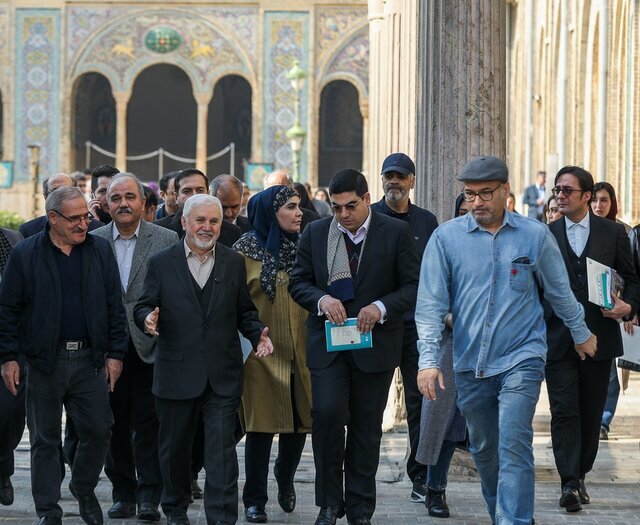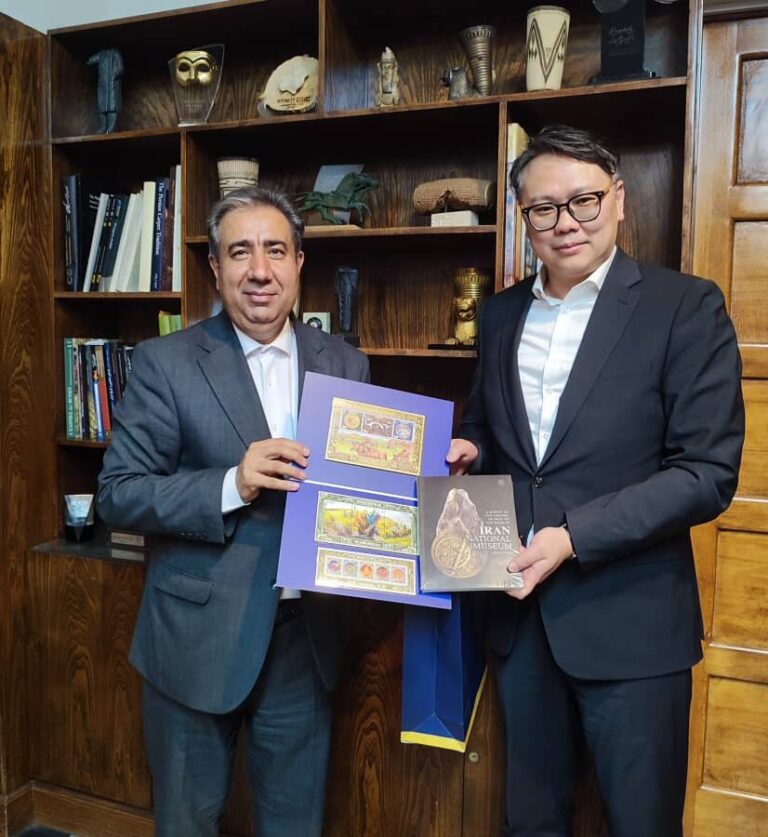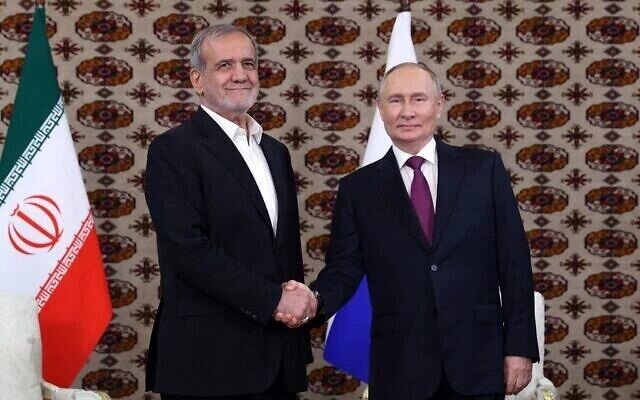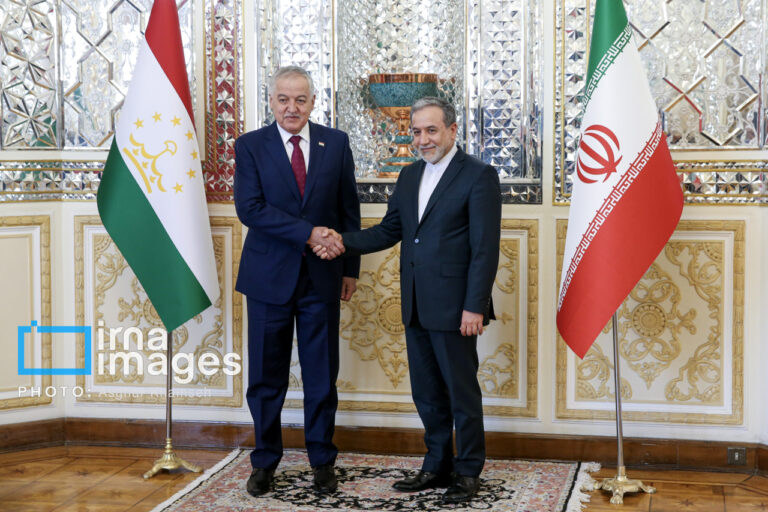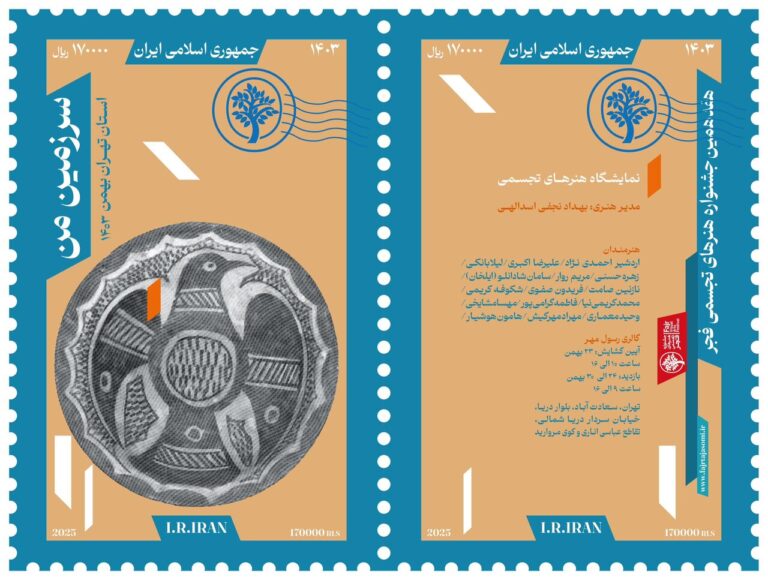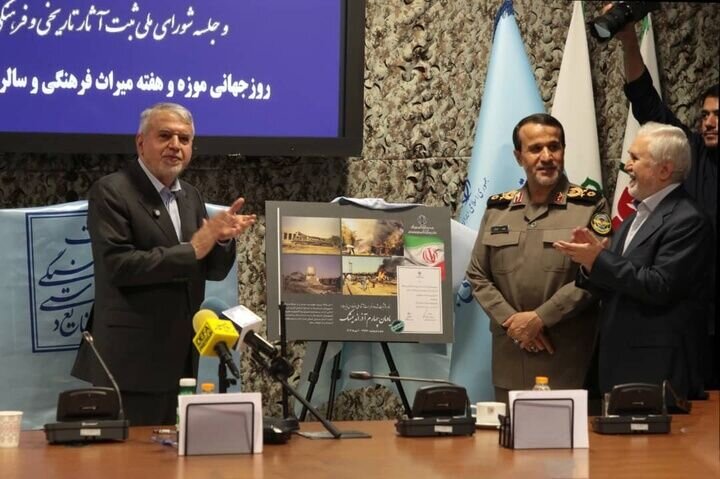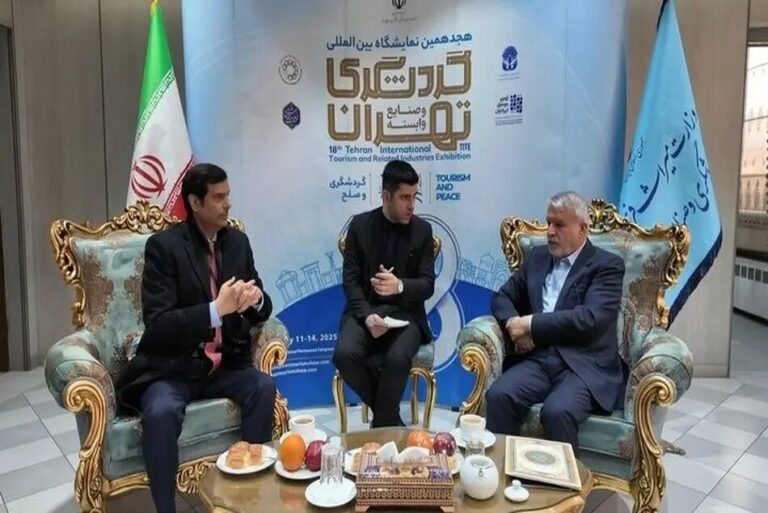Unveiling History: New Museum Celebrates Qajar-Era Diplomacy in Tehran
In the heart of Tehran, a new museum focusing on diplomatic relations during the Qajar era has been inaugurated at the UNESCO-listed Golestan Palace. This museum is set to illuminate the intricate web of foreign relations that shaped Iran’s history during this pivotal period, showcasing artifacts and documents that provide valuable insights into the past.
The museum, nestled within the Hozkhaneh (Waterhouse) section of Golestan Palace, officially opened its doors on Tuesday. The ceremony was graced by notable figures, including Ali Darabi, the Deputy Minister of Cultural Heritage, and Leila Khosravi, the Acting Director General of Museums. Organizers aim to offer a deeper understanding of Iran’s foreign relations throughout the Qajar period through carefully curated exhibits.
According to Mohammadreza Behzadi, the museum’s executive secretary, one of the standout pieces is a historical copy of the Treaty of Finckenstein. “For the first time, we are showcasing the Treaty of Finckenstein, a defensive agreement between Iran and France signed in 1807. This treaty had significant political implications for the country,” he noted.
In addition to the treaty, other notable artifacts include:
- A special decoration awarded by Naser al-Din Shah to select monarchs as a mark of exclusive honor.
- Two exquisite carpets that enhance the thematic experience of the museum.
During the inauguration, Afrin Emami, Director of the Golestan Palace World Heritage Site, highlighted the importance of storytelling in museums. “The museum now houses two carpets that complement the theme of the exhibition. Alongside restoration efforts, we have also worked on securing the ownership documentation of Golestan Palace,” she explained.
Emami further emphasized that effective museums create a connection between artifacts and historical narratives. She announced that this opening is just the beginning of a series of exhibitions, with plans to showcase the travels of prominent Qajar monarchs, including:
- Naser al-Din Shah
- Mozaffar al-Din Shah
- Ahmad Shah
Darabi elaborated on the museum’s purpose, stating, “When arranging artifacts, we must ensure a meaningful connection among them to enhance the narrative experience in museums. The diplomacy and foreign policy of Iran during the Qajar era are particularly significant, as it was during this time that Iran’s strategic importance became widely recognized in international affairs.”
He pointed out that the Qajar period was fraught with geopolitical challenges, positioning Iran between major European powers like Russia and Britain. “The foreign policy of Iran during this era experienced some of its most critical moments. The nation’s strategic position subjected it to pressures from rival empires, leading to various diplomatic agreements, including the Treaty of Finckenstein with France and other treaties with Britain and Russia,” he explained.
The Golestan Palace complex has a rich history, having served as the official residence of Qajar monarchs from 1789 to 1925. It stands as a testament to the architectural and artistic achievements of the Qajar epoch, reflecting the blend of European influences with Persian art.
Experts note that the palace showcases a remarkable fusion of ancient Persian and contemporary European architectural styles, which were prevalent in much of Iranian art during the 19th and 20th centuries. This complex embodies a successful integration of earlier Persian crafts and architecture with Western influences, continuing to inspire Iranian artists and architects today.
Currently, the Golestan Palace consists of eight key structures primarily utilized as museums, alongside beautifully landscaped gardens. These gardens act as a shared green space within the complex, enclosed by an outer wall featuring multiple gates.
Overall, the new museum at Golestan Palace is poised to become a significant cultural attraction, providing visitors with a unique opportunity to explore the diplomatic history of Iran during the Qajar era. This initiative not only enriches the narrative of Iran’s past but also strengthens the cultural heritage of the nation.
